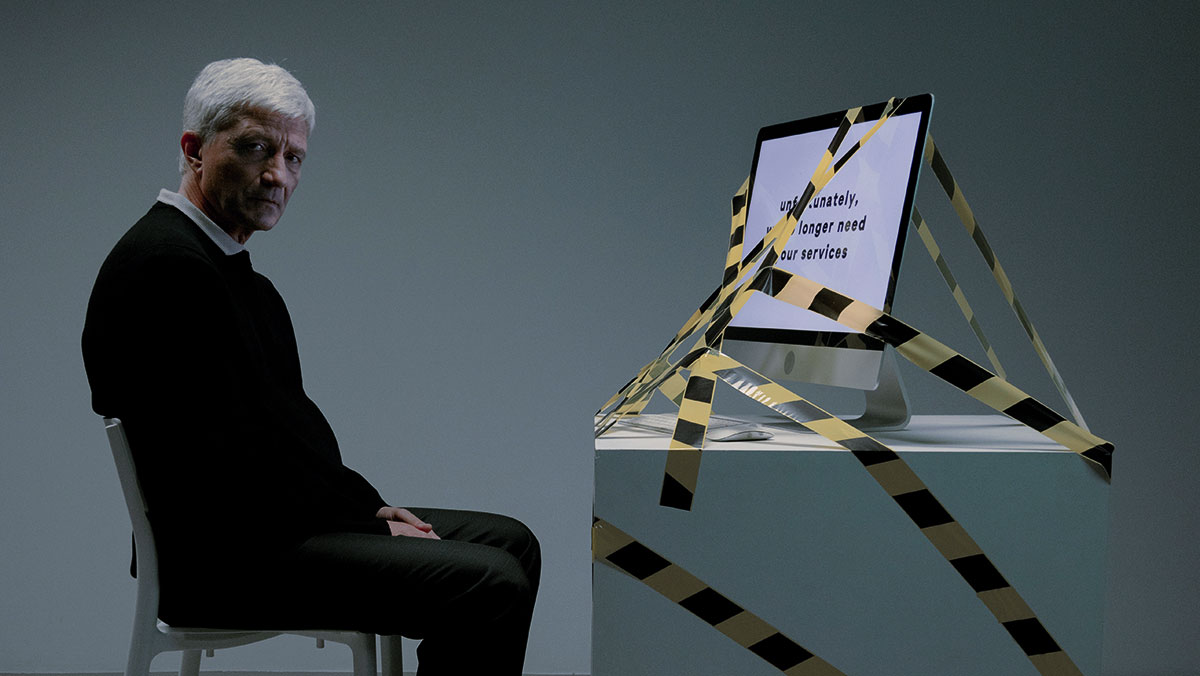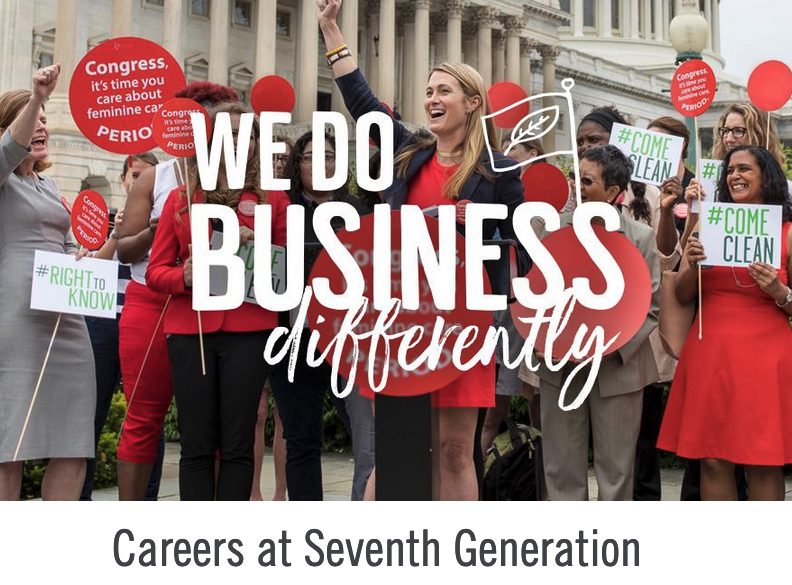
There were some striking numbers issued by the US Bureau of Labor Statistics recently. In August of 2021, 4.3 million workers (or 2.9% of the entire workforce) quit their jobs. That was a record-breaking month, following on previous record months. “The Great Resignation”, as it is becoming to be known, is in full swing.
What’s behind this behavior? Many believe that the COVID-19 pandemic and the rise of remote work have changed the way many people view their lives and work. Texas A&M psychologist Anthony Klotz, who predicted and coined the term the “Great Resignation” back in May, credits “pandemic epiphanies” with motivating many workers to depart their jobs for greener pastures.
During the same period, the US government reported that there were 10.4 million job openings. The number of hires also decreased. For people who are considering joining the ranks of the “quitters” the Harvard Business Review has published an informative video on “How to Quit Your Job”. The video provides sage tips on how to go about resigning. Seems like there is no shortage of advice on how to quit your job with a high degree of excellence.
The labor shortage pain
Just how big is the labor/skill shortage issue among US businesses? Fortune surveyed CEOs in collaboration with Deloitte this fall and heard from 117 CEOs. Nearly three-quarters (73%) of CEOs surveyed cited “labor/skill shortage” as the most problematic external issue they expect to disrupt their business strategy within the next 12 months. This issue outranks other big issues, even the COVID-19 pandemic variants!
The survey went on to note that the CEOs expect this labor shortage to linger. Goldman Sachs recently provided the following outlook: “Although we expect labor-market shortages to ease going forward, early retirements, the 2020 immigration collapse, and lingering mismatch will likely mean that a 3.5% unemployment rate – our forecast for end-2022 – would imply a tighter labor market than it did the last cycle. As a result, we expect wage growth will remain at about 3.75% in 2022, stronger than it was the last cycle.”
What can employer branding do about this problem?
The key to solving the problem of attracting and retaining qualified employees likely lies in picking the right messages that will help attract the right kinds of people, as well as retain the best employees. The Fortune survey goes on to cite the following actions CEOs have taken to strengthen their ability to attract and retain talent in the last 12 months:

Promote workplace flexibility
First and foremost, companies need to be willing to increase workplace flexibility. The Harvard Business Review reported a growing number of companies have announced that they plan to “embrace flexibility”, particularly in a hybrid working model. This is for three key reasons: First, businesses believe that the 24/7 remote-work form of flexibility can be leveraged to support productivity. Second, employees – especially Millennials – are threatening to quit unless they’re granted flexibility. Third, some leaders assume that when employees are permitted to work flexibly, they automatically experience more harmony in their work-life balance.
The US Chamber of Commerce has recently identified 10 forward-looking companies offering flexible work, with many ditching their old-school nine-to-five office requirements.
A leader in this area is American Express – which recently introduced Amex Flex:
In a memo sent to all American Express colleagues from Chairman/CEO Stephan J. Squeri introduced the model “…to provide greater flexibility for colleagues while ensuring we preserve the important benefits of our special in-person culture.” Amex stated that business unit leaders will use the guidelines to which options will work best for their teams and customers they serve.
The memo goes on to state, “Our traditional way of working has changed. The office is no longer the only place where most colleagues can effectively get work done, as we’ve proven throughout the last 18 months. We want to build on the progress we’ve made working virtually, including how we’ve become more efficient and agile, gained greater flexibility to manage our persona and professional lives, and leveled the playing field for colleagues across band levels and locations.”
By branding the effort as Amex Flex – they have taken a smart step towards staying in tune with the times. They have also leveraged this approach in third-party recruitment website like The Muse – which recently featured a story about how flexible work arrangements at American Express helps their employees achieve a better work-life balance.
Communicate a clear (and relevant) corporate purpose
The second message point to consider is around a clearly defined corporate purpose. McKinsey framed in this issue last year in an article entitled “Purpose: Shifting from why to how.” They start posing an all-important question: “What is your company’s core reason for being, and where can you have a unique, positive impact on society? Now more than ever, you need good answers to these questions.”
The suggested starting point is elevating stakeholder interest to the same level as shareholders’ interests. In other words, it’s no longer all about maximizing quarterly profits above all other considerations. McKinsey observes “the majority of employees in the corporate world feel ‘disengaged’; they are agitating for decisions and behaviors that they can be proud to stand behind and gravitating toward companies that have a clear, unequivocal, and positive impact on the world.” This situation has been underscored by the hundreds of thousands of employees who have resigned from their employers over climate-related issues.
The other side of the coin is the extraordinary potential for business to serve as a force for good. Corporate social responsibility (CSR) initiatives remain a powerful tool for recruitment, retainment, and are a great place to start in terms of messaging an employer brand.
Ad agency Strawberry Frog and The Reputation Institute issue an annual “Purpose Power Index”, which is a study measuring how consumers really think and feel about brand purpose. They define brand purpose as “A brand’s mission in society, the higher-order reason to exist beyond making a profit.
Seventh Generation is an American company that sells eco-friendly cleaning, paper, and personal care products took the #1 spot on the 2021 Purpose Power 100 rankings. Their reason for being is clear:
“We’re on a mission to transform the world into a healthy, sustainable & equitable place for the next seven generations.”
Their business model embodies this mission in terms of what they believe: They use plant-based ingredients, scents made from real ingredients, no synthetic fragrances or dyes, recycled packaging, a principle of precaution, ingredient transparency, B-Corp status, and strong advocacy.
Their employer branding reflects this purpose-driven approach as well:
The Burlington, VT-based company features videos of passionate people front-and-center who work for Seventh Generation. They are portrayed as the company’s most valuable resource, driving change, and working for a healthier tomorrow.
Space X (Space Exploration Technologies Corp) is also ranked in the top tier of the Purpose Power 100. They are an American aerospace manufacturer, space transportation services, and communications corporation based in Hawthorne, CA founded by Elon Musk with over $2 billion in revenues. Their mission statement is clear and inspirational:
“The Company was founded in 2002 to revolutionize space technology, with the ultimate goal of enabling people to live on other planets.”
Founder Elon Musk expands on the company’s mission:
“You want to wake up in the morning and think the future is going to be great – and that’s what being a spacefaring civilization is all about. It’s about believing in the future and thinking that the future will be better than the past. And I can’t think of anything more exciting than going out there and being among the stars.”
Their careers website page sums up their employer branding proposition in a single sentence:
Image reads, “SpaceX is looking for world-class talent ready to tackle challenging projects that will ultimately enable life on other planets. We are an equal opportunity employer offering competitive salaries, comprehensive health benefits, and equity packages.”
They stress the opportunity to change the future, stress a wide variety of programs to support the health, wellness, and financial security of their employees and their families, and a culture of inclusion – where different viewpoints are encouraged and the best idea – no matter what the source – wins. They also encourage their employees to participate in community outreach efforts.
Practice diversity, equity, and inclusion
The video message from Space X President and COO Gwynne Shotwell reinforces their desire to empower employees to help take people to other planets, with Mars being the first destination. She states their employees are their most valuable resource, with every employee’s input being important and the primary driver of innovation, fueling their willingness to change and make things better. She states clearly that diversity, equity, and practicing inclusion make them a better company.
The key moving forward for companies that want to succeed in terms of hiring and retaining the best talent possible is to use relevant and motivational employer branding messages – that are attractive, genuine, and convey messages that matter to people. It’s clear that if a company does not offer workplace flexibility, a clear and meaningful purpose, and practice diversity/equity/inclusion, good people will quit. And that is no way to grow a business over the long-term, large or small.
Cover image source: Ron Lach



